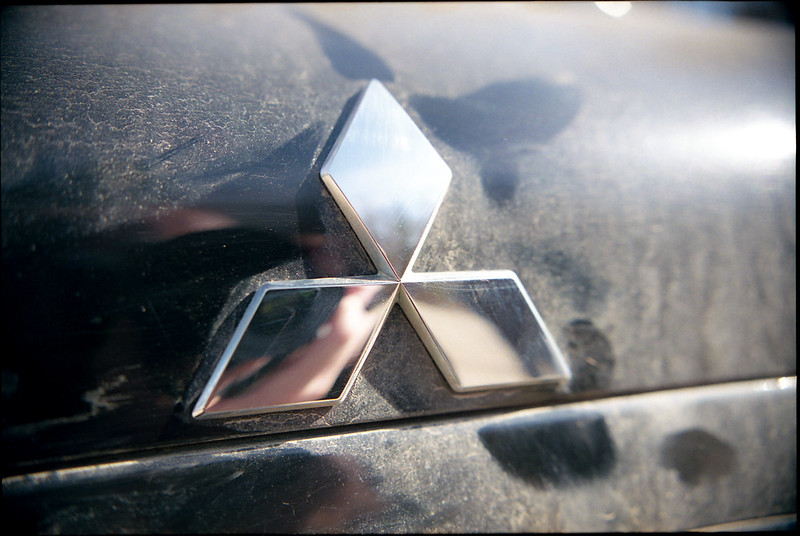Japanese engineering giant Mitsubishi has announced a major investment in carbon removal technology, despite continuing to run fossil fuel power plants.
Japanese conglomerate Mitsubishi has made a big investment in carbon credits from projects that will suck carbon dioxide from the atmosphere and store it.
The company has teamed up with carbon offset provider South Pole to buy nearly 200,000 tonnes of carbon dioxide removal credits from technological, about a quarter of all such purchases to date.
They hope to sell these credits for millions of dollars. Companies like UBS bank, Mitsui shipping line and the Bosting Consulting Group have already promised to buy them.
Despite Taiwan and spy balloon tensions, China invites US for climate talks
But New Climate Institute researcher Takeshi Kuramochi, who has studied carbon capture, told Climate Home that Mitsubishi’s involvement was “disturbing”.
“If Mitsubishi is to strengthen its ‘commitment to the sustainable future’, they would better contribute to [emissions reductions] by first accelerating its transition of fossil fuel-heavy energy business to renewables,” he said.
Major polluter
According to Global Energy Monitor, Mitsubishi currently operates nine coal power stations in Japan and Taiwan, and is building two in Vietnam and two in Indonesia.
But although the company says it has stopped taking on new coal projects, at least without carbon capture technology, it has not put any restrictions on oil and gas expansion.
Reporting on climate adaptation is a mess – here’s how to fix it
Carbon emissions from using Mitsubishi’s products are 381 million tonnes – more than Nigeria and its population of over 200 million people. The conglomerate does not include these emissions in its climate targets, which focus solely on the 23 million tonnes from its companies’ operations.
Big deal
Mitsubishi’s new joint venture with South Pole will be called NextGen. The joint company said the carbon removal projects it is investing in will remove “significant” volumes of carbon dioxide from the atmosphere and help scale up the market.
It plans to buy one million credits by 2025. With an average target price of $200 per tonne, it is hoping they will be worth $200 million.
Carbon removal technology is still in its infancy around the world and none of the three projects NextGen has bet on are up and running yet.
The projects plan to either suck carbon from the atmosphere and bury it, or to burn dead plants without oxygen, in a process known as pyrolysis, to turn it into carbon-rich charcoal which can be buried. The latter method stops the plants from releasing the carbon into the atmosphere as they rot.
Better than forests?
Carbon offsets that rely on protecting forests are coming under increasing scrutiny, with critics often arguing that the forests weren’t in as much danger of being cut down as the offset sellers made out.
Although he recognised that carbon removal technology faces its own challenges, NextGen’s chair Philip Moss told Climate Home it “can ensure a higher degree of carbon permanence in many cases than nature-based removals and avoidance projects”.
Revealed: How Shell cashed in on dubious carbon offsets from Chinese rice paddies
“Technological carbon removal projects can also avoid some of the scrutiny around measurement,” Moss said, “as the quantity of carbon removed can be metered and measured as opposed to having to work on modelled assumptions.”
NextGen’s projects will be certified and verified under standards endorsed by the International Carbon Reduction and Offset Alliance (ICROA).
Contentious topic
However, government and scientists’ discussion of carbon removal technology at the recent IPCC meeting was highly politicised, with Japan and others emphasising it and others playing it down.
Yesterday, US special presidential envoy for climate John Kerry described relying on technology t
Read More

